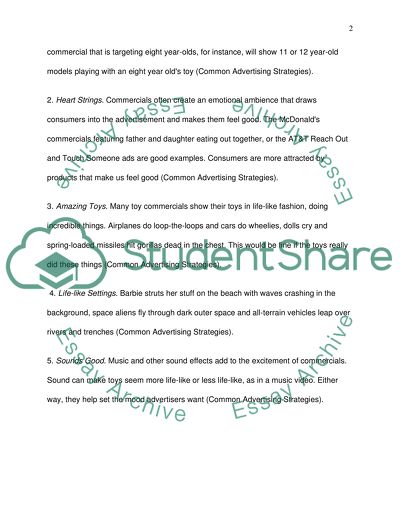Cite this document
(“Web advertising.Dominant advertising strategies Essay”, n.d.)
Retrieved from https://studentshare.org/e-commerce/1521716-web-advertisingdominant-advertising-strategies
Retrieved from https://studentshare.org/e-commerce/1521716-web-advertisingdominant-advertising-strategies
(Web advertising.Dominant Advertising Strategies Essay)
https://studentshare.org/e-commerce/1521716-web-advertisingdominant-advertising-strategies.
https://studentshare.org/e-commerce/1521716-web-advertisingdominant-advertising-strategies.
“Web advertising.Dominant Advertising Strategies Essay”, n.d. https://studentshare.org/e-commerce/1521716-web-advertisingdominant-advertising-strategies.


